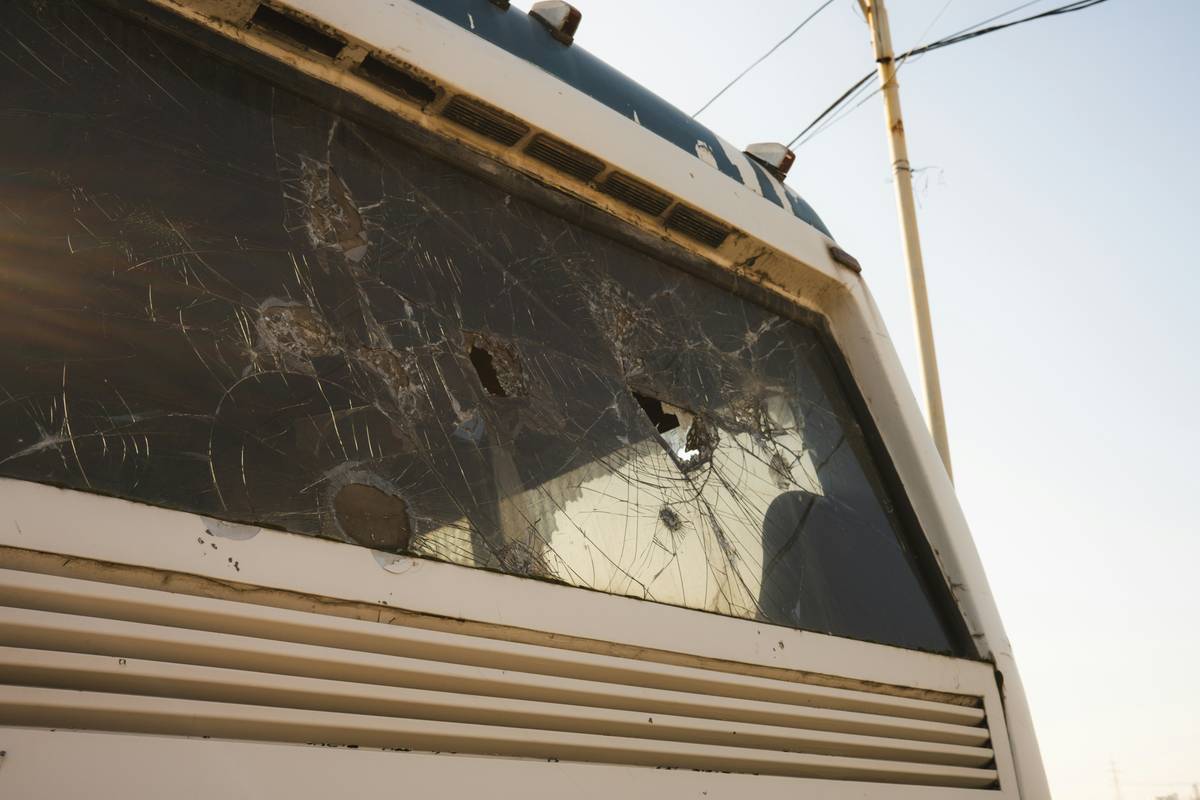Ever returned home only to find your car keyed, windows smashed, or property vandalized? Yep, us too. And guess what? The insurance company isn’t exactly thrilled about it either. But here’s the kicker—did you know you might be eligible for temporary repair vandalism claims while waiting for a full settlement? That’s right. In this guide, we’ll walk you through everything you need to know: how it works, why it matters, and how to file successfully.
Table of Contents
- Key Takeaways
- The Problem with Vandalism
- How to File Temporary Repair Vandalism Claims
- Best Practices for Success
- Real-Life Examples
- Frequently Asked Questions
Key Takeaways
- Vandalism insurance can cover temporary repairs during the claims process.
- Filing correctly improves your chances of timely reimbursement.
- Avoid common mistakes like skipping documentation or rushing to fix damage without approval.
- Temporary repairs are essential to prevent further damage.
The Problem with Vandalism: Why You Need This Coverage
Let’s get real for a second. Picture this: Someone throws a brick through your storefront window on Friday night, and now you’re staring at shattered glass and potential lost revenue over the weekend. Sounds stressful, right? According to an FBI report, property crimes cost Americans billions annually—and vandalism is one of the leading culprits.
“I once ignored a minor vandalism incident thinking it wasn’t worth reporting… until rain poured in, destroying thousands in inventory. Lesson learned: every claim counts.”
Vandalism doesn’t just leave physical scars; it disrupts lives and businesses. With no action, small issues snowball into massive problems—think mold from water intrusion or stolen items after forced entry. Enter temporary repair vandalism claims: your lifeline to immediate restoration and peace of mind.

Image: Annual vandalism costs across U.S. households and businesses (Source: FBI Crime Data).
How to File Temporary Repair Vandalism Claims
Navigating the claims process feels overwhelming if you don’t know where to start. Don’t worry—we’ve got you covered step by step.
Step 1: Assess the Damage Immediately
As soon as possible, document the scene. Snap photos, record videos, and jot down notes detailing the extent of the damage. Pro tip: Include timestamps in your images.
Step 2: Contact Your Insurance Provider ASAP
Call your insurer and ask explicitly whether they offer coverage for temporary repairs under vandalism-related incidents. If yes, request guidance on next steps.
Step 3: Perform Necessary Repairs Quickly
Hire professionals or DIY simple fixes to secure the area—for example, boarding up broken windows or covering holes. Keep all receipts!

Step 4: Submit Proof of Expenses
Gather invoices, photos post-repair, and any other documents required by your policy. Double-check submission guidelines before sending.
Best Practices for Successful Temporary Repair Claims
- Don’t Skip Documentation: Even minor repairs should have detailed records.
- Avoid Rush Jobs: While speed matters, shoddy work won’t impress adjusters.
- Use Approved Contractors: Some policies require repairs done by certified pros.
- Stay Calm Under Pressure: Panicking leads to mistakes—keep coffee handy!
One *terrible tip* I almost fell for? Trying to “save money” by ignoring smaller damages. Spoiler alert: It backfires BIG TIME.
Real-Life Examples of Temporary Repair Vandalism Claims Gone Right
Meet Sarah, a café owner whose shop was tagged overnight. Instead of waiting weeks for her insurance payout, she hired a contractor recommended by her insurer to clean graffiti and board up affected areas. By submitting clear proof of expenses promptly, she received $2,500 within seven days, avoiding lost business.

Frequently Asked Questions
What qualifies as vandalism for insurance purposes?
Vandalism includes intentional acts like graffiti, breaking windows, or damaging property maliciously.
Are temporary repairs always covered?
It depends on your policy. Always check with your provider first.
Can I do temporary repairs myself?
Yes, but ensure quality work and keep receipts.
How long does it take to receive compensation?
Typically 7–14 business days, depending on the insurer.
Conclusion
Navigating vandalism claims may feel daunting, but understanding temporary repair options makes life easier. Remember, act fast, stay organized, and lean on your insurer’s expertise. Now go forth confidently knowing you’re prepared for whatever comes your way!


